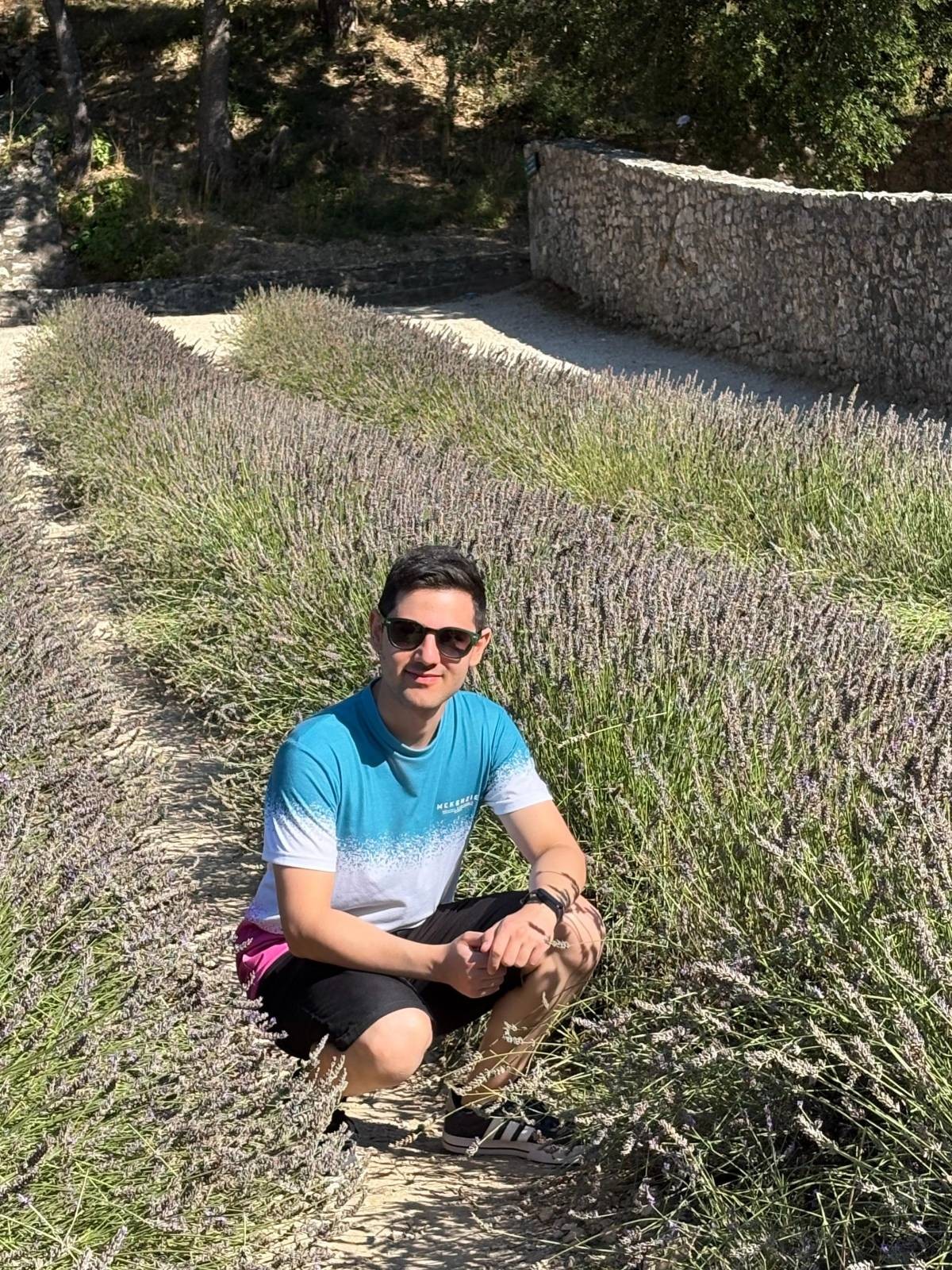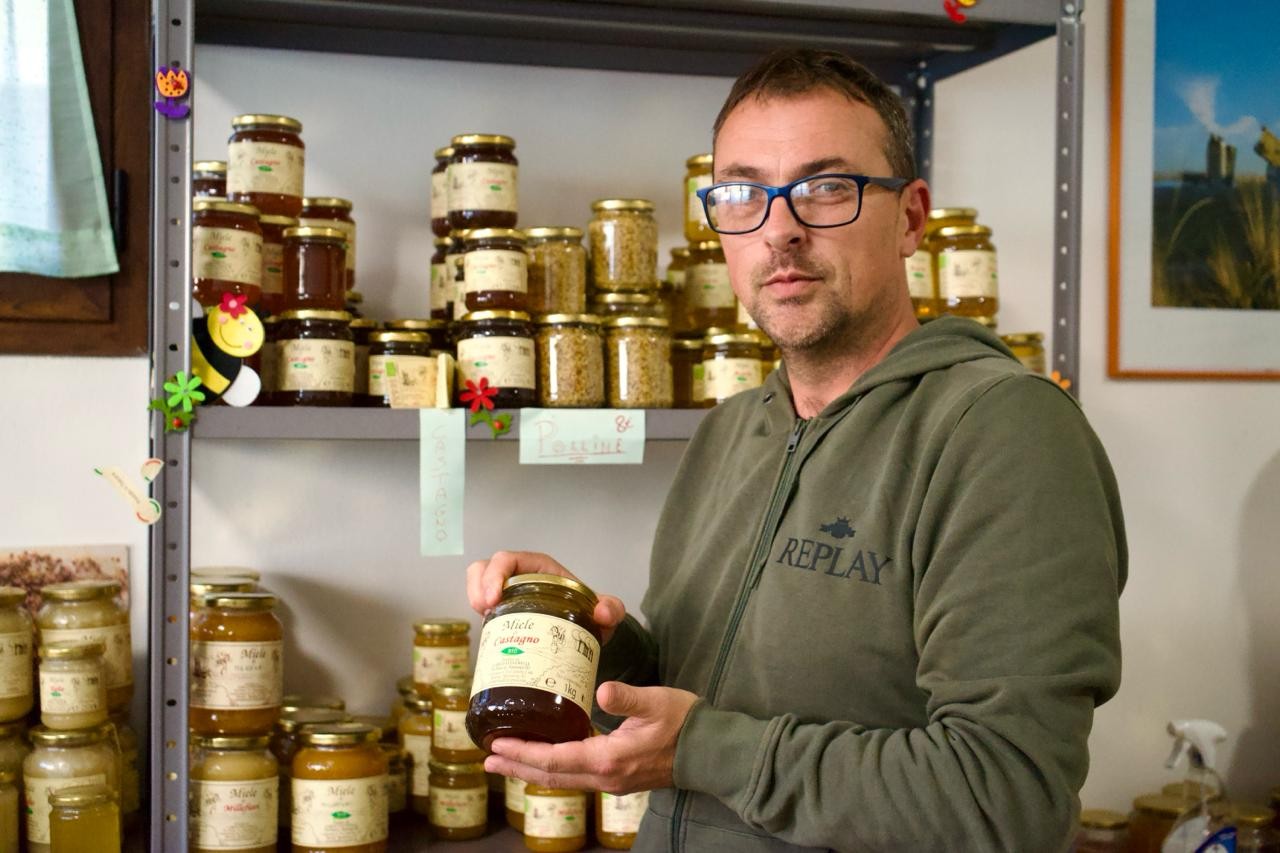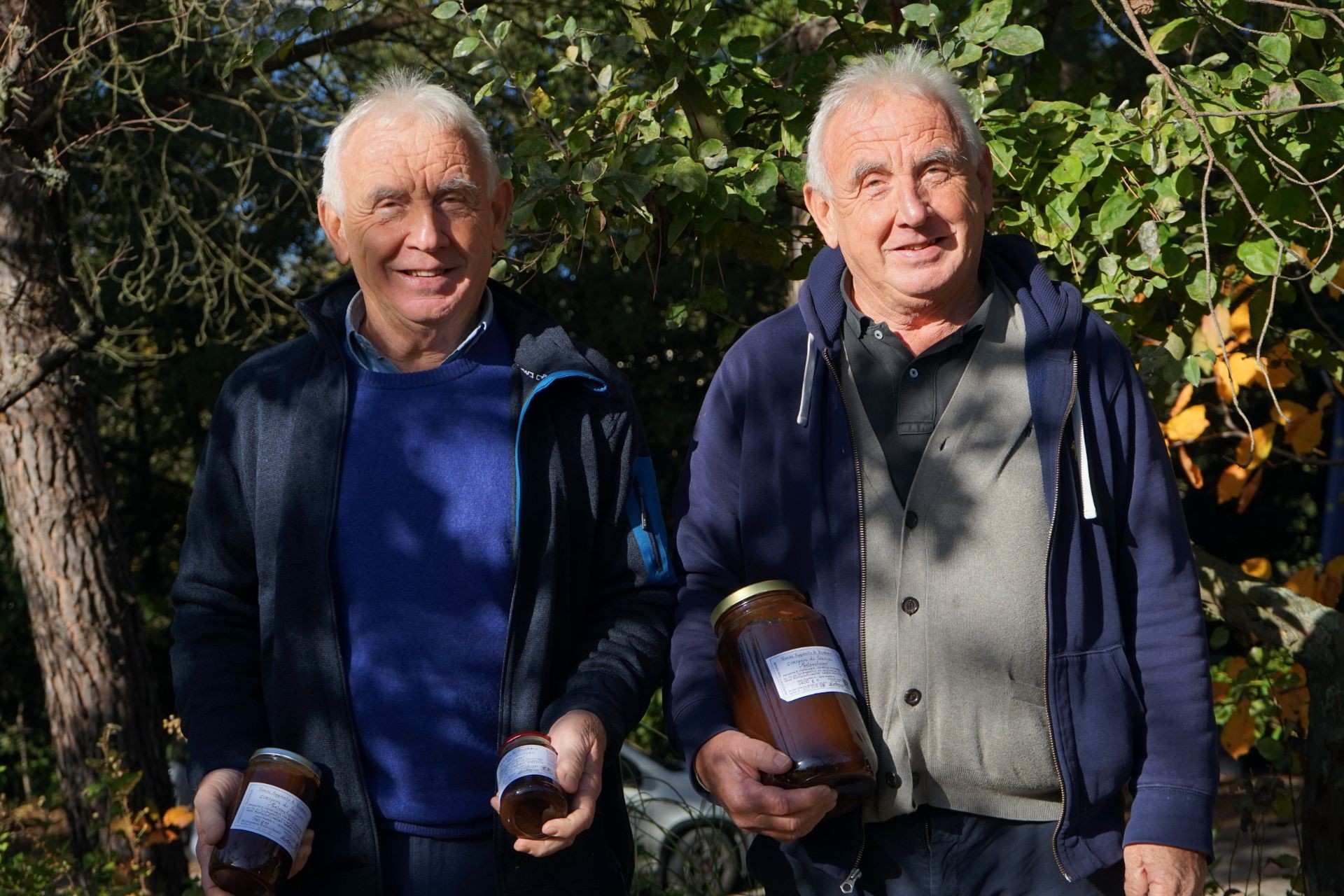Larth − the Etruscan Rooms of Sinalunga
A path in the Etruscan Sinalunga through the finds of the Necropolis of San Giustino
LARTH Etruscan Rooms, Via Spadaforte, 31 - Sinalunga.
Opening hours: on Saturdays from 10:00 am to 12:00 pm and from 5:00 pm to 7:00 pm; on Sundays from 10:00 am to 12:00 pm
Here is a bit of the Etruscan history of Sinalunga, inside what was once the Castle of Sinalunga, of which remain a part of the city walls and some buildings of historical interest, including the Palazzo Pretorio [Praetorian Palace - TN] − a typical Siena-style building.
The Etruscan Rooms of Sinalunga are an exhibition of Etruscan finds, set up in 2017, designed by Monica Salvini and curated by Ada Salvi − two archaeologists.
The exposed finds are mostly the result of excavations conducted in the necropolis of San Giustino by Ada Salvi, together with other collaborators and volunteers of the Sinalunga Archaeological Group, and restored by the expert restorer Nadia Barbi. Others come from previous findings in the nearby area of "Le Carceri".
Particularly interesting is the planimetric reconstruction of the Necropolis, where they identified at least 11 tombs. Four of these have been detected and explored in detail.
The exhibition also features various illustrative panels describing the structures and the finds discovered in these tombs, which are essentially residual materials from previous lootings and profanations occurred in very different times.
The Tomb identified with number two is very interesting, due to the presence of numerous fragments of mold-decorated bucchero (two of which are well reconstructed), dating back to the second half of the 6th century BC. These finds will immediately strike you at the entrance to the exhibition.
Following the path of the exhibition, you can admire other bucchero lids, protomes of female features, as well as an almost intact navel-shaped patera. Other finds also include some fragments of an Attic krater decorated with black figures.
Of considerable importance is the Tomb number seven. This can certainly be defined as a "Monumental Tomb"; it consists of a complex of three rooms laid in the pattern of a cross on the sides of a quadrangular vestibule, which was accessed through an open-air corridor. A funeral bed on the opposite sides of the entrance characterized all three rooms.
The tomb opposite the entrance has a pitched vault; it was closed by a monolithic sandstone block. In these rooms, the deceased were placed either for burial in funeral beds, or after incineration in cinerary urns − generally travertine or fetid stone-ones. The sarcophagi were made of both terracotta and local stone, but all were found without the top. Across the exhibition, you can observe the elegant features of those made of terracotta, while those made of sandstone, unfortunately, are seriously deteriorated.
The repeated lootings have led to the almost total lack of finds from the burial objects of the deceased themselves, particularly with regard to jewelry. In fact, the exhibition includes only three tiny gold earrings.
The exhibition includes a schematic reconstruction of the structure of this tomb; this has been carried out placing the various artifacts as they were found after the removal of almost 2 meters of sandy sediments that water, over the centuries, has brought inside the tomb itself
Gianfranco Censini - Local Ambassador di Sianlunga
President of Gruppo Archeologico Sinalunghese, in charge of the management of the Etruscan Rooms of Sinalunga and of the guided visits through the undergound tunnel of Sinalunga "Il Sentiero dell'Acqua".











